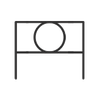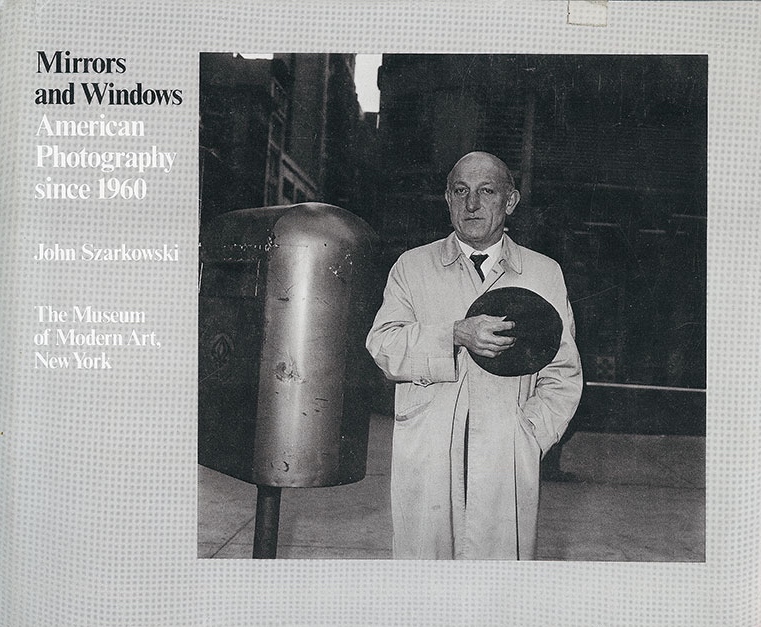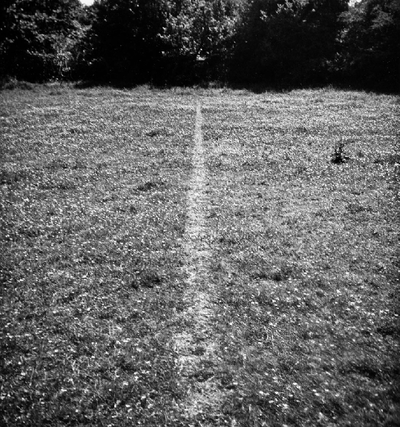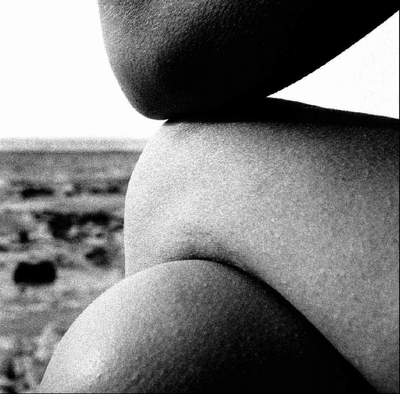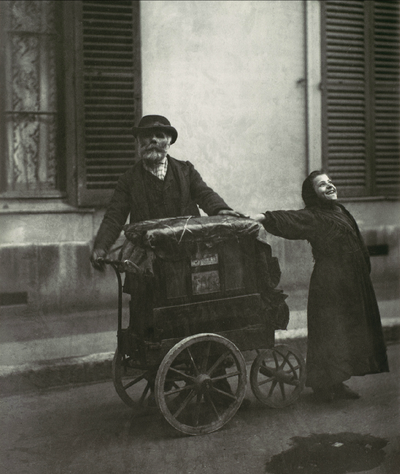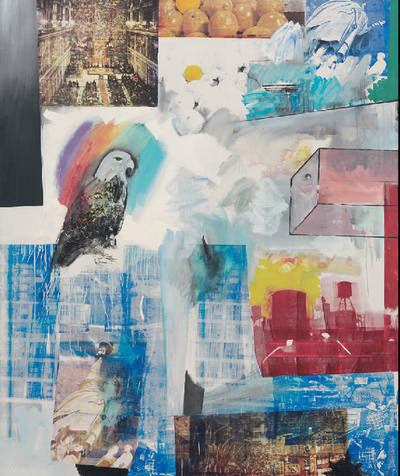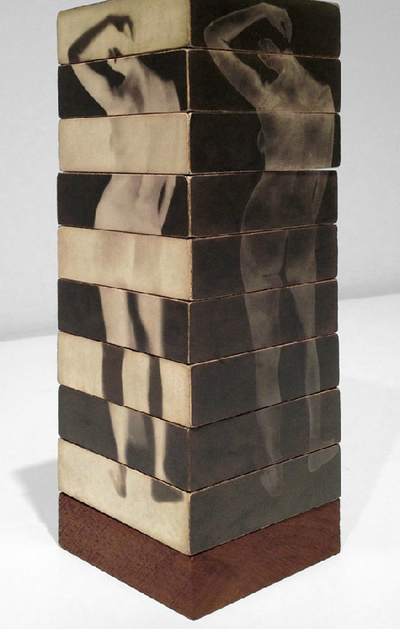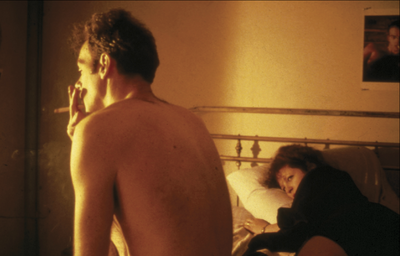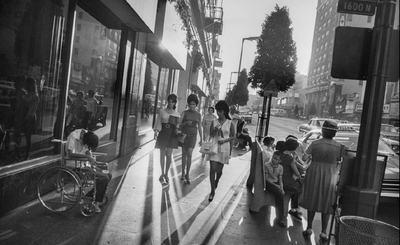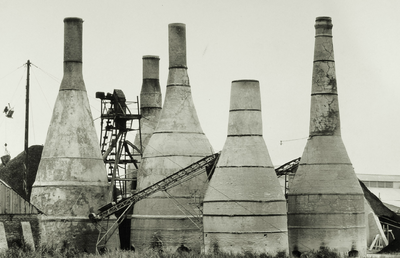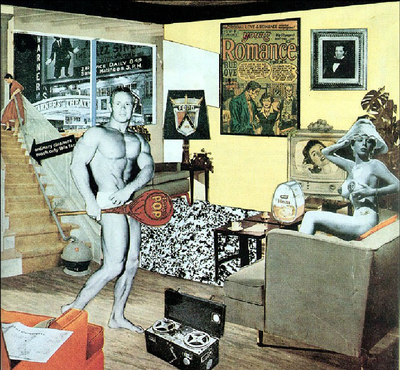Post 16 lesson plan:
Mirrors or windows?: Thinking about objectivity and subjectivity in photography with John Szarkowski
From Jon Nicholls, Thomas Tallis School
I have used this asa stimulus for discussion with my Year 12 photography class.
The exhibition Mirrors and Windows, an exhibition of American photography since 1960, opened at The Museum of Modern Art, New York in July of 1978. The curator John Szarkowski’s attempted to categorise photographers whose work largely reflected the subjectivity of the artist in comparison with those whose work largely sought to see outside themselves. Szarkowski wrote in the catalogue essay that accompanied the exhibition:
The exhibition Mirrors and Windows, an exhibition of American photography since 1960, opened at The Museum of Modern Art, New York in July of 1978. The curator John Szarkowski’s attempted to categorise photographers whose work largely reflected the subjectivity of the artist in comparison with those whose work largely sought to see outside themselves. Szarkowski wrote in the catalogue essay that accompanied the exhibition:
“The two creative motives that have been contrasted here are not discrete. Ultimately each of the pictures in this book is part of a single, complex, plastic tradition. Since the early days of that tradition, an interior debate has contested issues parallel to those illustrated here. The prejudices and inclinations expressed by the pictures in this book suggest positions that are familiar from older disputes. In terms of the best photography of a half-century ago, one might say that Alfred Stieglitz is the patron of the first half of this book and Eugène Atget of the second. In either case, what artist could want a more distinguished sponsor? The distance between them is to be measured not in terms of the relative force or originality of their work, but in terms of their conceptions of what a photograph is: is it a mirror, reflecting a portrait of the artist who made it, or a window, through which one might better know the world?” |
You can read a contemporary analysis of the significance of this exhibition here. You can also read MoMA's original press release here.
Take a look at the images below. Think about whether, in your opinion, they are mirrors or windows.
You could draw a horizontal line with the word 'Mirror' at one end and 'Window' at the other. You could add a list of words that help to describe what these words suggest.
Take a look at the images below. Think about whether, in your opinion, they are mirrors or windows.
You could draw a horizontal line with the word 'Mirror' at one end and 'Window' at the other. You could add a list of words that help to describe what these words suggest.
Now, try placing each of these images (and others you are studying at the moment) somewhere on this spectrum. Annotate the images to explain your decisions.
